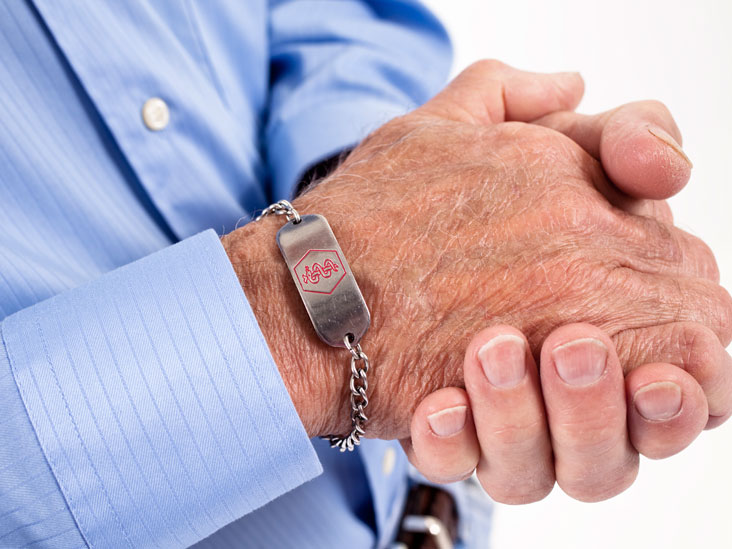We all think that because of falls, heart attacks, and strokes, seniors end up in emergency rooms. However, seniors are prone to many other health issues. Seniors visit emergency rooms for a lot of other reasons that are as critical as these three. Infections, chronic obstructive pulmonary disease, drug effects, and many other medical emergencies can also lead to emergency room visits.
So, you should be aware of early signs and symptoms of medical conditions leading to a serious diagnosis. If you are taking care of your parents or grandparents at home, you must pay attention to the signs, symptoms, and treatments for the following 10 conditions:
Accidents And Injuries
Seniors land in emergency rooms because of acute issues such as traffic accidents, injuries, falls and even exhaustion.
Chest Pain
Chest pain is one of the symptoms of heart disease. Respiratory infections, gastrointestinal issues, and blood clots can also cause chest pain.
Abdominal Pain
Food poisoning, infections, and digestive diseases can cause problems such as nausea or abdominal pain. Malnutrition, dehydration or other medical conditions are also the known causes of this condition.
Complications And Adverse Effects Of Medical Treatment
An alarming number of cases of medical emergencies occur due to adverse reactions to drugs. Interactions with other drugs, unexpected side effects or inappropriate self-medication can cause medical emergencies and you have to take the senior to an emergency room.
Heart Disease
Shortness of breath and chest pain are the most common symptoms reported by seniors. Many seniors have to visit emergency rooms for emergency treatments. Both chest pain and shortness of breath are potential indicators of heart disease. This disease is one of the leading causes of death in the US.
Pneumonia
Pneumonia is an upper respiratory infection. In this condition, air sacs in the lungs are inflamed. Accumulation of pus in air sacs can cause cough with pus or phlegm, chills, fever and breathing problems. This condition can land seniors in emergency rooms.
Spinal Disorder
Spinal disorders such as back pain can also bring seniors to emergency rooms. A vertebral disc disorder, arthritis (an inflammatory condition) or neck or back injury can cause back problems.
Chronic Obstructive Pulmonary Disease
COPD is an umbrella term including chronic bronchitis, emphysema and refractory asthma. The symptoms include cough, shortness of breath and fatigue.
Urinary Tract Infection
Seniors not getting enough fluids are often chronically dehydrated. Seniors should drink plenty of fluids to prevent urinary tract infections.
Stroke
The third leading cause of death, stroke shows a distinct pattern of symptoms. Timely treatment can prevent long-term damage due to stroke.
For a family member or caregiver taking care of an older adult, it is important to be aware of the early signs and symptoms of these conditions. However, the awareness of symptoms is not enough sometimes.
Do you know what is the third leading cause of death in the US?
Medical errors!
One in seven patients receiving Medicare benefits is a victim of medical error. These errors occur in hospitals, surgery centers, clinics, nursing homes, medical offices, pharmacies and patient’s homes. Following are the common types of medical errors:
- Medication errors
- Hospital-acquired infections
- Errors related to anesthesia
- Delayed diagnosis
- Delay in treatment
- Inadequate monitoring after treatment
- Inadequate follow-up
- Not acting on test results
- Not taking proper precautions
- Technical medical errors
While healthcare professionals have to be carefully, a patient should also look for different ways to prevent medical errors. It is important to monitor and respond on time. Eliminating these errors can help healthcare systems and providers in protecting patients, improving standards of care and lowering costs. From the senior’s side, wearing the N-Style ID’s ID bracelet for the elderly can prevent a lot of medical errors.
Following are the common causes of medical errors:
- Communication Problems
- Inadequate information flow
- Human problems
- Patient-related issues
- Technical failures
Communication Problem
Verbal or written communication breakdowns are common causes of medical errors. Communication-related medical errors can occur when the patient is not in a situation to communicate. This is where wearing ID bracelet for elderly becomes important.
Inadequate Information Flow
When there are different areas of a healthcare setting involved in the emergency treatment, an inefficient flow of information from one facility to another can lead to serious medical errors. The patient should wear a medical ID tag to eliminate errors due to the inadequate flow of information. Inadequate flow of information can:
- Influence prescribing decisions
- Communication of test results
- Lack of coordination in medical orders
Human Problems
Not following the procedures properly or efficiently can cause human problems. Labeling of specimens, poor documentation, and inadequate knowledge can lead to human problems.
Patient-Related Issues
The problems related to patient identification, patient assessment, and obtaining consent can be eliminated by wearing an Medical ID bracelet for elderly.
Technical Failures
Failures or complications with grafts, implants, medical devices or pieces of equipment can lead to technical failures.
Many of the medical errors can be eliminated simply by wearing an ID bracelet. So, visit the website of N-Style ID and get a stylish one.
